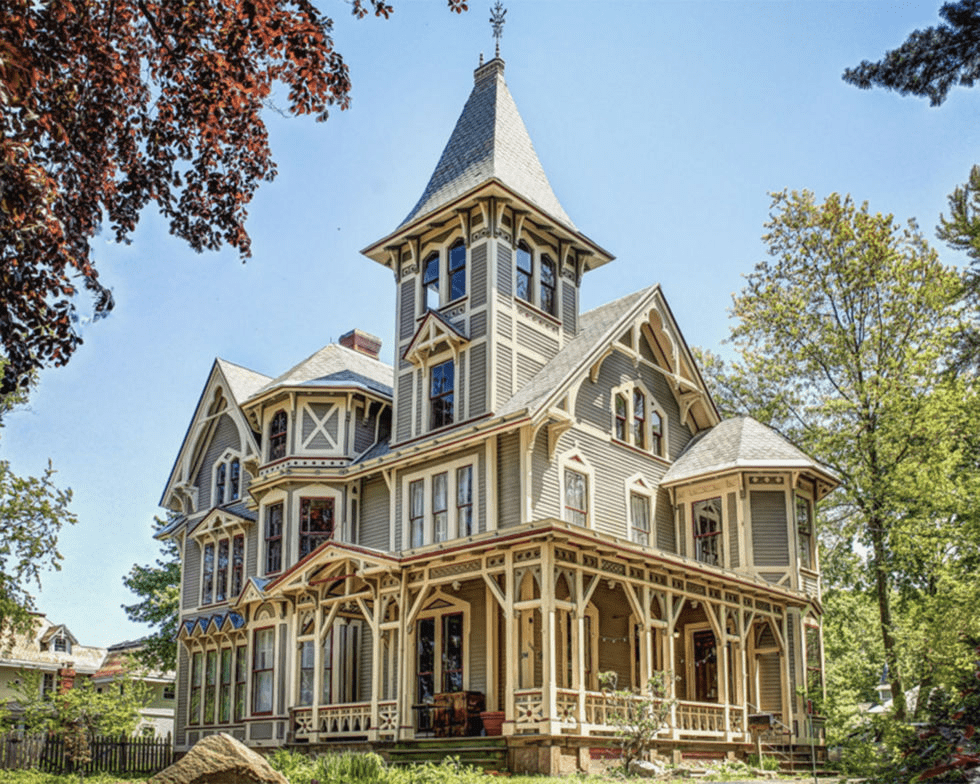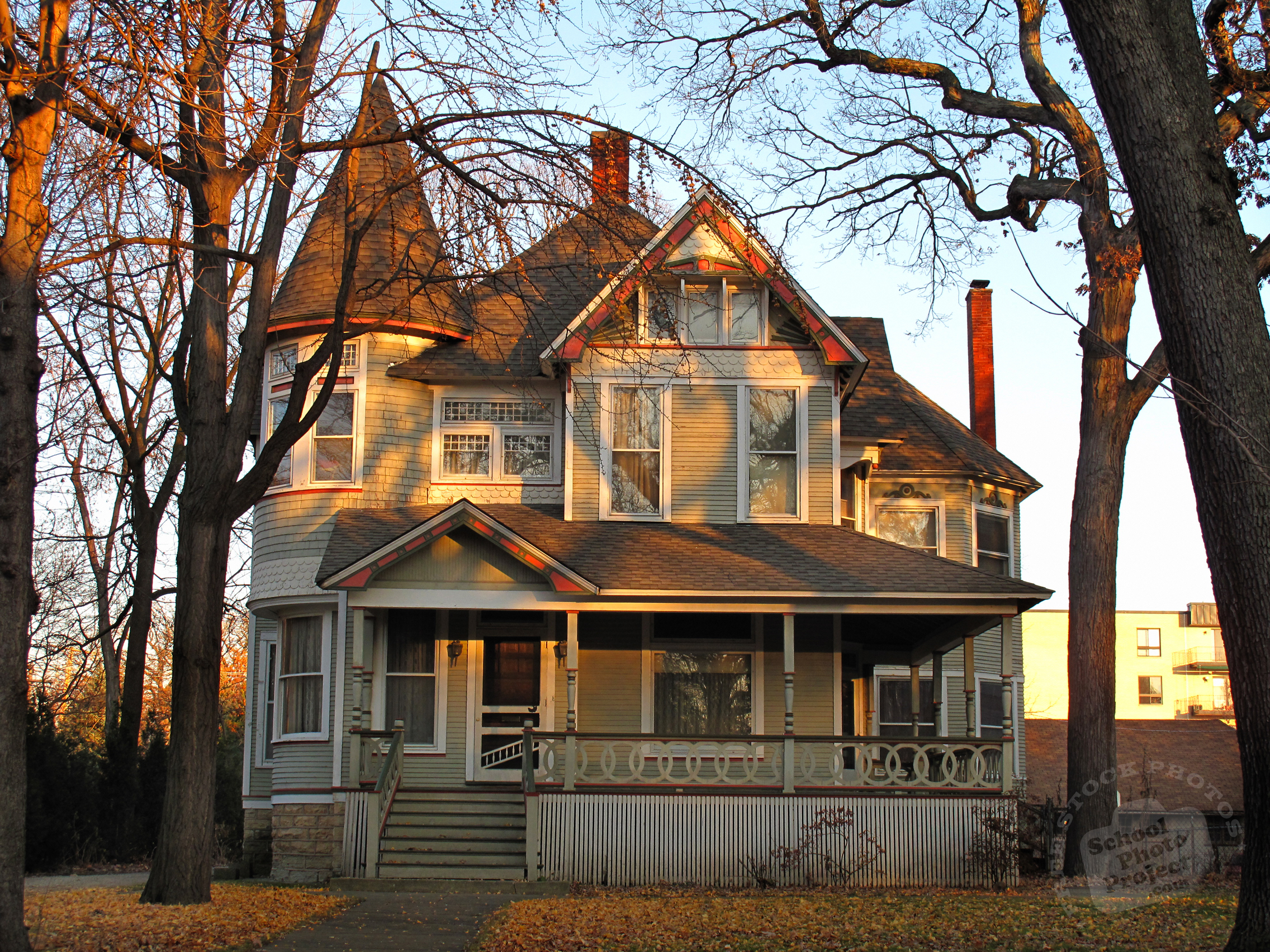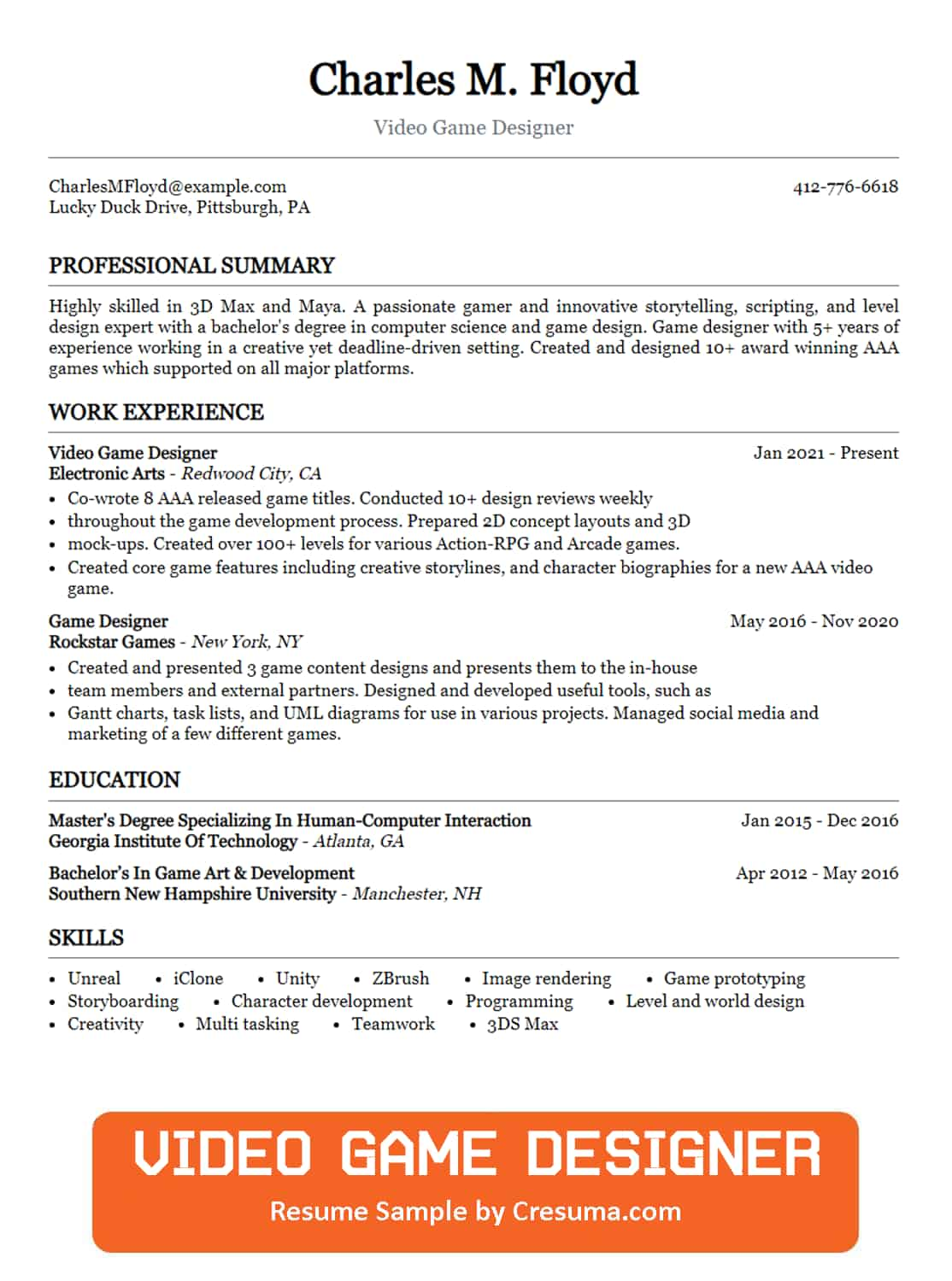Table Of Content

Instead of serving as defensive structures, turrets were repurposed solely for their aesthetic appeal. This shift highlights how Victorian architects drew inspiration from historical styles while adapting them to suit the era's evolving tastes and preferences. The enduring popularity of turrets in Queen Anne style homes underscores their significance as iconic elements of Victorian architectural design.
Your Complete Guide To A Victorian Style House
Stained glass also came into wide use, with colorful windows lending beauty and atmosphere. Inside, it’s common to see high ceilings and walls with irregular shapes (sorry for those applying wallpaper), with closed-off rooms and added nooks. Intricate trim work was the hallmark of these homes, from decorative wooden staircases to ornate fireplace mantels to gilded wainscoting. The quintessential Victorian home had a glittering chandelier, as the Victorians are known for nothing if not their fondness for opulence. True Victorian enthusiasts might embrace the inspiration of the era, bringing in some of the preferred textiles, colors, and architectural details to create a home that feels like a blast from the past. Others may prefer a more modern approach, sprinkling in some Victorian-inspired pieces to add character and visual interest to an otherwise fairly standard, modern space.
Romanesque Revival
Boise man mourns dogs, Victorian-style home after fire - KTVB.com
Boise man mourns dogs, Victorian-style home after fire.
Posted: Mon, 25 Mar 2024 07:00:00 GMT [source]
Stick style houses are, as the name implies, decorated with intricate stickwork and half-timbering. Vertical, horizontal, and diagonal boards create elaborate patterns on the facade. But if you look past these surface details, a stick style house is relatively plain.
Victorian house style – what it is and how to get the look
Today, this type of home can be found on several continents from Europe to North America and Australia. Their decorative style is reflective of the era, as British architects took their designs abroad to colonized countries. Consisting of eight sides, the Octagon style is a less familiar subcategory of the Victorian-style house and distinguished by its domed shape, wide eaves, low-pitched roofline and bright, open spaces. Octagon houses offer additional square footage, more light than four-sided structures and are easier to heat and cool. Many of the most notable manors and country homes are also built in a Victorian house style, particularly outside of major cities like New York City. Above, this more modest house in Pinebush, New York shows all the hallmarks of Victorian house style.
Second Empire Victorian house (1852-
Phineas had rows of eucalyptus trees planted to surround the house, and the estate also boasted a large library, many imported furnishings and tapestries, and its very own artesian well. Only two miles from the port of Wilmington, this home soon became the first place encountered by many travelers to Los Angeles. The home was also the site of frequent “regales,” where champagne was “always on tap” and guests danced in the extra-wide downstairs hallway. Built by land baron Elias Jackson “Lucky” Baldwin, this delightful cottage is nestled in the Los Angeles Arboretum and Botanic Gardens.
Fit for a Queen: Everything You Need to Know About Victorian-Style Houses

They typically showcase steeply pitched roofs, dormer windows, and small verandas, offering a cozy and intimate feel. Bungalows may include decorative elements like exposed rafters and intricate woodwork, adding charm and character to their exterior. Additionally, open floor plans in modern houses promote better airflow and natural lighting, further enhancing energy efficiency. These innovative features highlight the significant strides made in creating sustainable and energy-efficient living spaces in contemporary housing designs. This transition signifies a move towards more sustainable and eco-friendly practices, where design meets efficiency in a harmonious blend of aesthetics and practicality.
Parametric Architecture – Innovations in Design and Construction
The use of various materials, such as wood, brick, and stone, adds to the visual appeal, creating a rich tapestry of Victorian-era design. Reflecting the opulent architectural trends of the era, turret houses in Victorian architecture showcase a blend of distinctive design elements that contribute to their grandeur and uniqueness. As we explore Victorian architecture, it's fascinating to note that turrets, those iconic cylindrical structures often seen gracing the rooftops of Victorian style houses, were once incorporated into approximately 10% of these grand homes.

Houses of the silver screen
Many of the house's original interior features are still intact, including wainscoting in the foyer that is pressed paper made to look like embossed leather. This American Foursquare house (with Richardson Romanesque influences) was designed by famed architect Frederick L. Roehrig in 1895. One of the oldest surviving Roehrig houses, it was situated on the ultra-fashionable “Millionaire's Row” in Pasadena. A reaction to fussy Victorian styles, American Foursquare emphasized boxy lines, “honest” carpentry and plain facades. It is considered a cousin to both the Prairie and Craftsman styles of architecture. This delightful 1886 Pasadena home is a charming example of the Folk Victorian style of architecture.
Where to See SF Victorian Homes
Old houses often boast unique charm and historic allure, while modern houses offer contemporary amenities and sleek design. On the other hand, old houses may have outdated insulation and windows, leading to higher energy consumption and increased carbon footprint. To combat this, modern homes are designed with energy-efficient appliances and windows to minimize resource usage. On the other hand, old houses may lack these modern conveniences, necessitating upgrades for enhanced living.
The Victorians felt free to mix and match historical architectural elements from previous eras. On the interior, the Victorian era favored increasingly specialized room functions. Formal areas like parlors, libraries, and dining rooms contrasted with more intimate spaces like bedrooms and nurseries. This room differentiation was highlighted through architectural detailing like raised decorative wall panels, ceiling medallions, and elaborate crown molding. The rooms were then filled with heavy wooden furniture, patterned rugs, draperies, and cluttered decorative objects. A primary tenet was asymmetry and verticality, contrasting the rigid horizontality of Georgian classicism.
Regular inspections of the turret structure are crucial to identify any water damage, rot, or deterioration that could compromise its stability. COPYRIGHTED PROPRIETARY MATERIAL of MetroList Services, Inc. data maintained by MetroList® may not reflect all real estate activity in the market. MetroList® will not knowingly accept any advertisement for real estate which is in violation of the law.
Steel would eventually replace these other materials as they would prove to be too weak in dealing with tension. The Romanesque Revival style came to United States architecture during the mid-1800s, and like Gothic Victorians, its details are comparable to those of many historic churches constructed in the era. It's particularly known for its use on the Smithsonian Institution Building located near Washington, D.C.'s National Mall. Romanesque Revival homes were typically constructed of brick or stone, and they included large arches, turrets, and carved stone detailing on their exteriors. They stand out from other Victorian styles thanks to their building materials, which tend to have an earthy red color and lack of wood trim. This style originated during the late 1740s in England, but it remained popular in the United States between the mid-1800s and mid-1900s.
Lastly,, as industrialization accelerated, the Arts & Crafts movement developed in opposition as well. Led by figures like William Morris, Arts & Crafts reclaimed pre-industrial craftsmanship and techniques while rejecting Victorian-era ornamentation. Victorian houses are architecturally commonly referred to as the Victorian Style but this "style" is really a period in history. The Victorian era roughly corresponds to the time when Queen Victoria ruled Britain (1837 to 1901). There is a wide variety of Victorian styles, each with its own distinctive features.
His father was an influential figure in architectural circles, having written several volumes of architectural drawings which studied the style of Gothic architecture. He studied architecture under the English architect, James Edmeston, and at the age of 21 began working for the British architect Henry Roberts as his assistant. He then spent 10 years designing workhouses with his partner, William Bonython Moffatt.
At the same time, Scott engaged with modern structural advances, using iron and glass to create soaring interiors filled with light. The sheer variety of Scott’s commissions, spanning both secular and religious buildings across Britain, cemented his reputation. He restored churches like Westminster Abbey while also designing new university buildings in Oxford and Cambridge.












